Content matters.
My job as an editor is to read, analyze, and suggest improvements to manuscripts, helping authors express their ideas and shape their writing into its most effective form. I offer three main types of editing:
DEVELOPMENTAL/Structural EDIT
- Sometimes called "big-picture editing," this type of edit can be done with a complete or nearly complete manuscript. I will carefully analyze the work as a whole and assess its overall structure, clarity, voice, theme, character development, plot, pacing, and consistency. I conclude the developmental edit with a detailed written critique of the manuscript.
- This edit sometimes involves collaborating with an author to develop a book from the initial concept, outline, or draft through any number of subsequent drafts.
- This type of edit can, in the case of nonfiction works, also involve market analysis and making suggestions about content and organization based on a review of competing works.
SUBSTANTIVE/line EDIT
- The substantive edit is done with a complete manuscript. This is a comprehensive edit in which I focus on the organization, language, style, and presentation of the material, going chapter by chapter, section by section, paragraph by paragraph, and sentence by sentence. The aim is to clarify meaning, eliminate jargon, polish the language, and improve the flow and pacing of the text.
- In pursuit of clarity, I will smooth transitions; reorganize, tighten, rephrase, and trim text; and suggest rewrites of paragraphs and/or sentences.
- I will query the author about inconsistencies in the text and unclear passages and/or plot points.
- I will bring to the author's attention repetitions, overused words or phrases, and inconsistencies of tone, and I'll flag names and titles, dates, and citations for the author to fact-check or verify.
Copyedit
- Often referred to as "mechanical editing," the copyedit is the final edit performed on a manuscript before it goes into production. I will address spelling, grammar, syntax and word choice, and punctuation while retaining the meaning and voice of the original text.
- During this edit, I will prepare—with the author's input—a detailed stylesheet that documents style and formatting decisions.
- Using the stylesheet mentioned above, I will check for and impose a consistent style and format—treatment of capitalization, punctuation, numbers, hyphenation, use of abbreviations, and so on—and point out any internal inconsistency of facts.
- The copyedit can also include some fact-checking.
- Copyediting should not be confused with proofreading, which is part of the production process.



